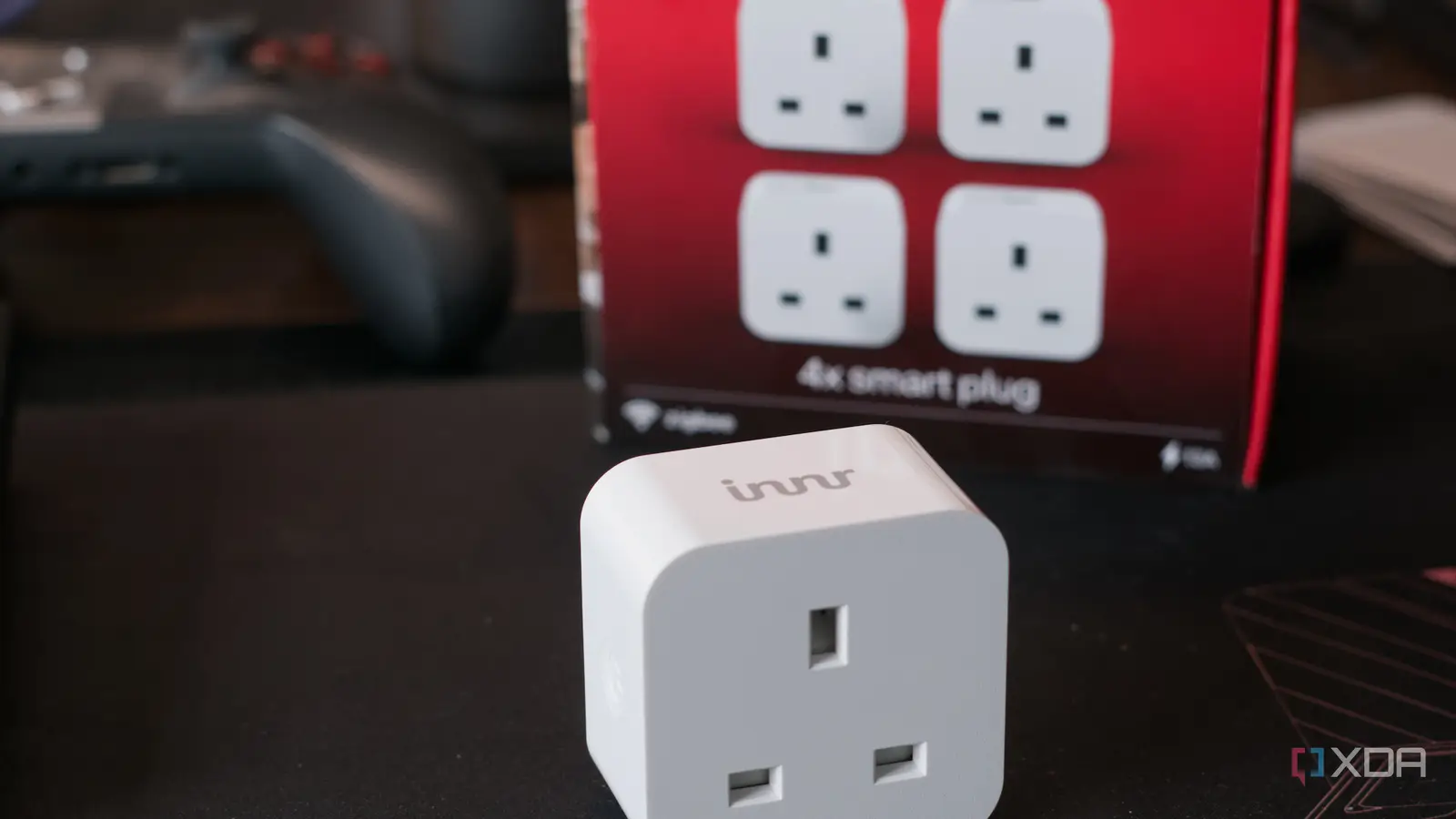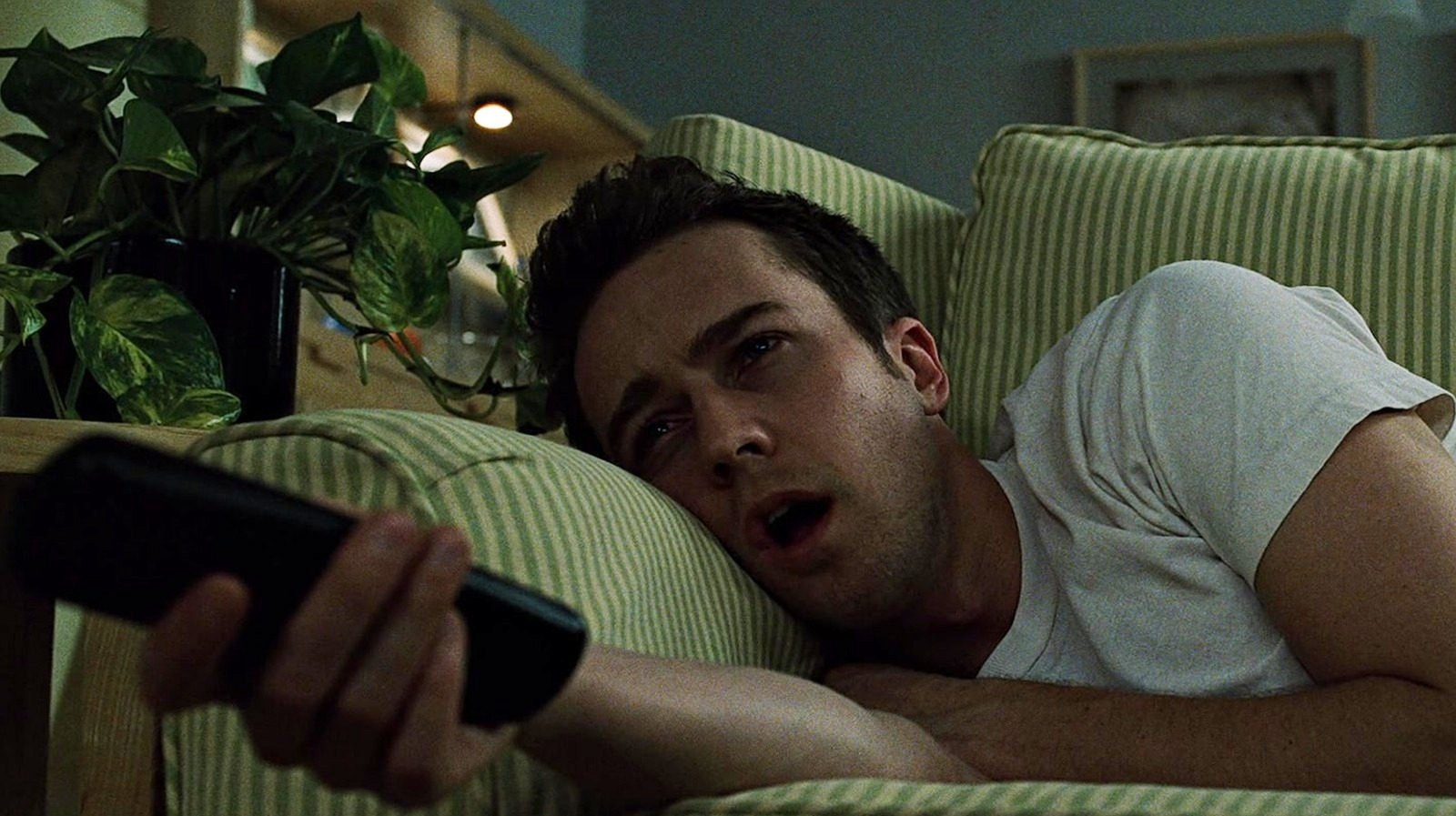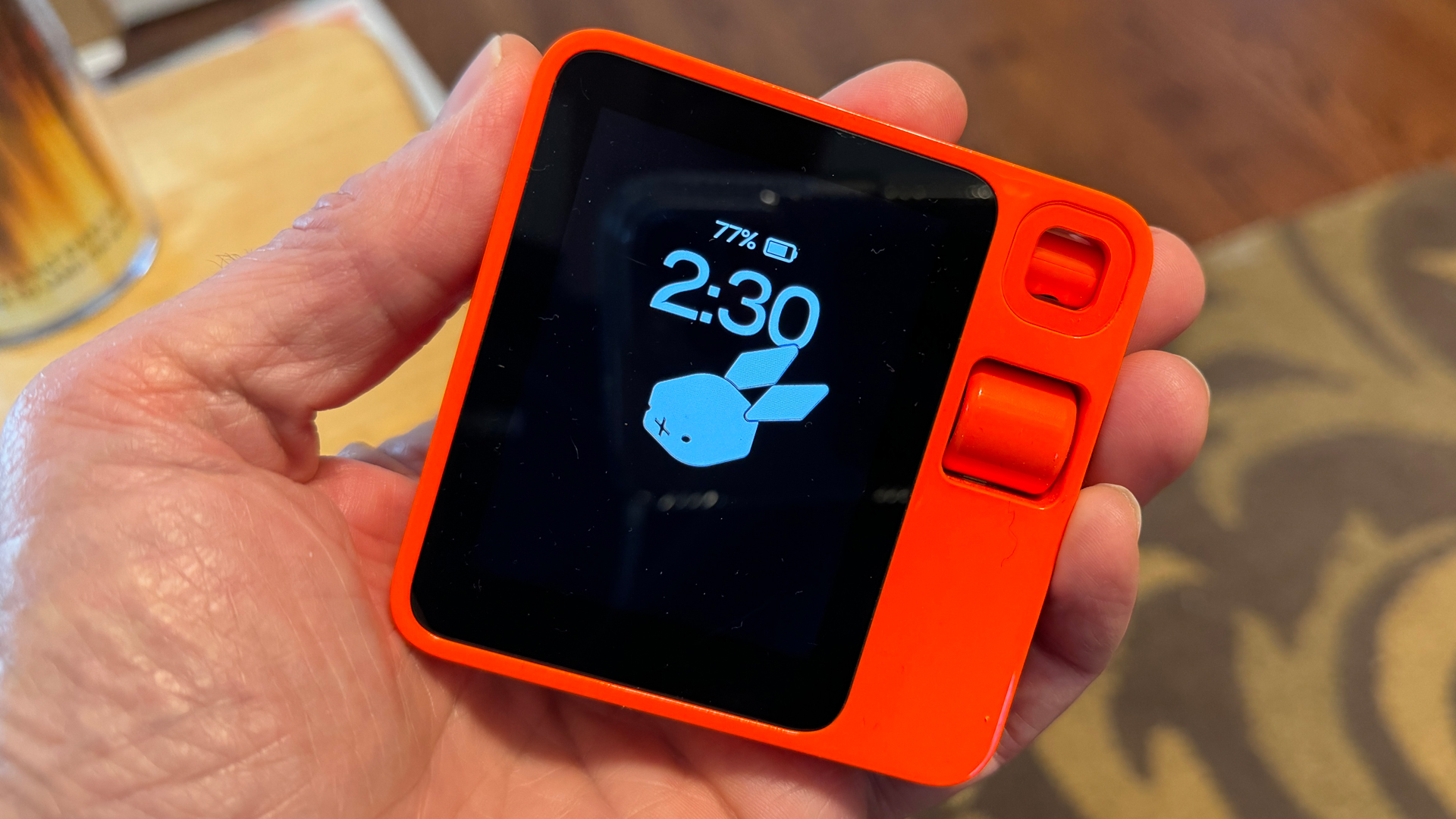
I used to loathe smart home products, believing them to be little more than marketing fluff and rather pointless gimmicks, but I have grown to appreciate what modern devices can do for the home. Previously, you could use smart plugs to toggle various devices and appliances, which could range from light fixtures to a washing machine, depending on what you wished to achieve. But these smart plugs can do much more than that, thanks to more recent advances in technology. In my own smart home, I have transitioned from using these rather simple products for turning stuff on and off to relying on them for much more, including energy consumption tracking, security, and more.
Building a more sustainable smart home
Energy monitoring and conservation
I plan to eventually kit out our new home with solar panels, an inverter, and battery storage. This would enable us to effectively live off the grid on days with plenty of sunshine — and yes, these do exist in the UK! One of the most significant upgrades in modern smart plugs is the ability to monitor power usage in real time. While traditional smart plugs only allow the control of power, newer models—like the Innr SP-242 have built-in energy meters that track voltage, current, power (watts), and even kilowatt-hours (kWh). I’m running quite the self-hosting home lab setup up and this proved invaluable.
Sure, one could throw a power meter into the mix, but I found these to be unreliable at best and a complete waste of money at worst, thanks to a few giving up on life after a few days’ worth of use. That isn’t the case with smart plugs, with these Innr plugs lasting for a good few weeks already without a single issue. It was a gamble at first since these were on sale and I’ve only had experience with Innr light bulbs and nothing else from the brand, but I was pleasantly surprised by just how easy it was to connect these wireless plugs to my existing Zigbee network and create an expansive IoT-focused platform.
I use a smart plug to monitor the power draw of my Proxmox server, which hosts virtual machines and runs critical workloads.
I use a smart plug to monitor the power draw of my Proxmox server, which hosts virtual machines and runs critical workloads. The Innr plug not only tells me whether the server is on or off but also shows me how much power it consumes throughout each day. This insight helps me determine if the server is idling unnecessarily or if a specific virtual machine is using excessive resources. Over time, this data has allowed me to optimize my setup, reducing energy waste and extending the lifespan of my hardware. The missing piece of the puzzle? Home Assistant, which collates all the data and provides it in easy-to-follow graphs.
I bought a pack of four Innr plugs and used the remaining three for other devices, including the TrueNAS storage system, primary gaming rig, and networking gear. This allowed me to check just how much each device is using and analyze ways to cut back on running costs.
Creating useful automations
Do much more than power toggling
Like other smart home hardware I attempted to use back in the day, depending on what you bought, the devices often worked in an isolated fashion. Even today, when purchasing branded devices, you may end up locked inside a walled garden, which can make it difficult to expand your smart home due to increased costs. Thankfully, Innr is fairly open in that you can control its branded products using almost anything, from official apps to Home Assistant and a Sonof Zigbee USB stick, which is precisely how I have my IoT network configured.
When paired with platforms like Home Assistant, smart plugs can trigger complex routines that enhance convenience and efficiency. We will have an outbuilding used as the home office. It will be kitted out with an electric heater for the chilly British winter months, and instead of having to manually turn it on whenever we head to the office and wait for the room to heat up, the smart plug can do all the heavy lifting. Through integration with Home Assistant, we can use a smart thermostat and automations to turn on the heater a little while before we start work.
This ensures we’re using the device responsibly, only heating the room to a specific temperature, overriding the local controls on the heater. It also means everything will be nice and toasty for when we start work, and will be handled automatically when scheduled to do so. I could even take it a step further and use a motion sensor to ensure someone is present inside the office, else the heater will remain off or a lower temperature maintained.
Securing the home while away
Remotely manage everything
There’s nothing worse than being away from home and worrying about everything aside from your vacation. We’ve got a robust security system, consisting of a complete Ring alarm suite, Frigate with half a dozen security cameras, and a dog. Adding to this suite of measures are our smart plugs, offering an additional layer of protection. All the plugs are monitored, so if anything is disconnected, I am alerted immediately. This is great, should a time arise that someone manages to bypass all our security systems.
I can also use my smartphone to turn off devices that might be left on accidentally, such as the aforementioned heater, and it should be easily spotted due to the increased power usage, which is also tracked through Home Assistant. Like bulbs can be used to imitate a homeowner being … well, home, smart plugs can do the same by controlling various audible or visual hardware, such as external lighting. They’re also great for when the festive season hits.
Customize my dream smart home
From cooling to Zigbee broadcasting
The best part about smart plugs is their ability to support custom configurations. Unlike “dumb” switches and plugs that only have two states, a modern smart plug can be programmed to respond to triggers and be integrated into a wider automation network. I’ve messed around with time-based schedules, voice commands (using HA Voice), and even environmental conditions with sensors. Smart plugs can handle them all and more. I even toyed with using one to start up my PC automatically.
With Home Assistant, Music Assistant, and other integrations, you can create quite a powerful landscape for automations and simple programming. And with a healthy smart home setup, multiple devices are controlled simultaneously. I created a way for a light in the hallway to turn red should someone be using the toilet during a house gathering. Then there’s the “movie night” mode that turns down the lighting, flips on fairy lights for ambience, and even adjusts your smart blinds and room temperature.
Smart plugs are the unsung heroes of my smart home
They may not be the most exciting smart home products and are often overlooked for some truly awesome technology that can be integrated into and controlled through Home Assistant and other services. But smart plugs have use cases far beyond simply turning on and off your TV. It’s easy, thanks to the power of Home Assistant, to use them for various tasks and automation, transforming these compact devices into powerful hubs.



